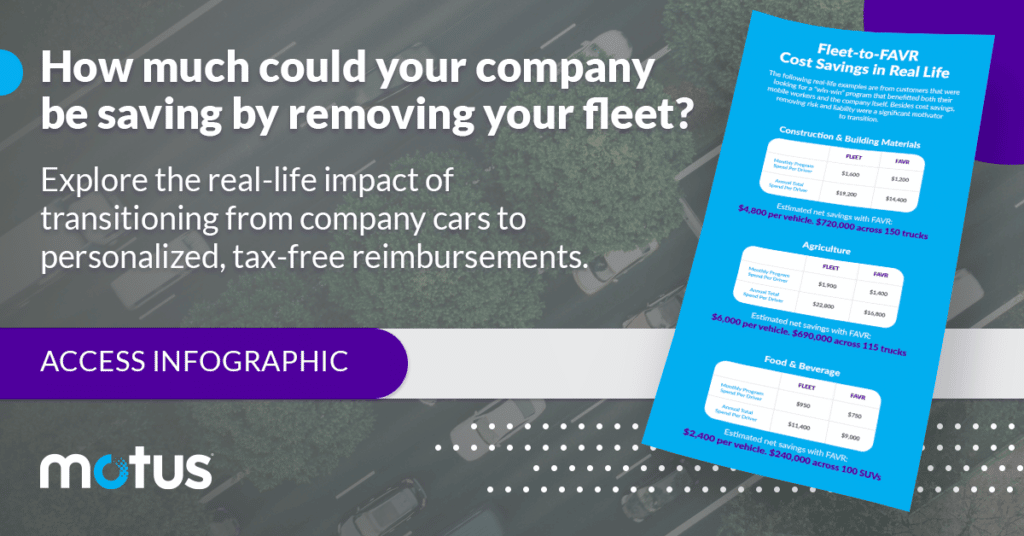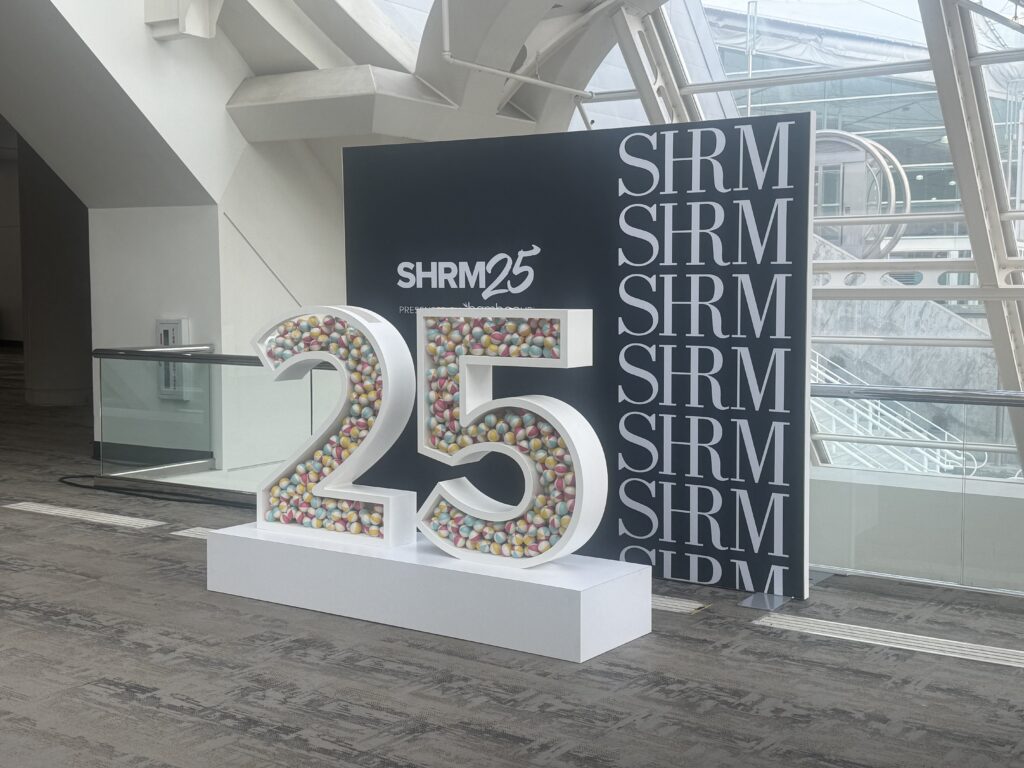Whether it’s an auto reimbursement or fleet, budgeting for your vehicle program is an important step in preparing for the coming year. But the amount of effort required depends largely on your company’s vehicle program. From car allowance to company-provided, the budgeting needs vary greatly. In this post we’ll walk through things to budget for with each program.
Car Allowance
If you have a car allowance, budgeting should be a breeze, right? Just multiply your monthly payment by 12, then multiply that number by your mobile workforce. Well, as this year proved, that isn’t always the case.
What happens when gas prices skyrocket? What does the company do when the monthly stipend doesn’t fulfill the needs of driving employees? Companies often look to fuel cards for the solution. However, spend with fuel cards is difficult to gain insight into. It’s likely to blow up any forecast you set.
This year, as you think about budgeting for your car allowance, think about the tax waste. On average, car allowances can create $2,712 in tax waste a year per employee. That’s a lot of money to waste. Consider how your company could reallocate those funds to other areas of the business. With that in mind, you may start thinking about transitioning to another vehicle program.
Cents Per Mile
Cents Per Mile (CPM) is one of the most common auto reimbursement options. It can also be tough to budget for. Regions and routes change, business ramps up and cools down, and with all that going on, mileage fluctuates. You can guess at a figure for your T&E, but it’s never more than that: a guess.
One way to cut down on driving expenses is adopting a mileage capture app. By implementing mileage capture across your mobile workforce you can cut down on mileage over spend. It also saves driving employees time by automating a typically manual process.
Another thing to consider is whether a cents-per-mile program is actually the right fit for your company. There are some companies with mobile workforces that are ideal for the program. Generally, that’s a small pool of drivers located in the same region that drive less than 5,000 miles each year. Mileage will still rise and fall with the business, but without over-reimbursing high mileage drivers.
Fleet
Perhaps the scariest option is budgeting for a fleet, or company-provided vehicle program. First, there’s fuel expense. As with a car allowance fuel card, companies with fleet vehicles that provide fuel cards have almost no insight into gas spend. Budgeting for an expense destined to balloon out of control is exhausting. Then there’s fleet repair and general maintenance costs.
Some maintenance costs can be forecast based on previous records. The standard fleet vehicle is likely due for an oil change every quarter. Other repair costs, specifically relating to accidents, aren’t so predictable. And when there’s a vehicle accident, there’s typically someone to blame, which leads us to the third expense.
Where do legal expenses sit in the fleet budget? What about settlements? These are questions too many companies find themselves facing when a driving employee behind the wheel of a company-provided vehicle is found at fault. To mitigate liability, some companies adopt driver safety programs. If you want to be proactive, finding room in the budget for those should be a priority.
FAVR
When it comes to auto reimbursement, a fixed and variable rate (FAVR) reimbursement program is a cut above the rest. It also requires a fair bit of calculation to budget for appropriately. Fortunately, reimbursements are divided into two types: the fixed costs and the variable costs. While nailing down the variable costs—tires, fuel, etc—may pose more of a challenge, the fixed costs—insurance, license and registration—fluctuate considerably less.
One of the biggest difficulties with budgeting in any program is prediction and flexibility. Most programs, if you budget a certain amount towards it and the market shifts, your company is stuck with what you projected at the outset. Not so with FAVR.
FAVR is rare in its ability to adapt to the needs of your company. With the right vendor, businesses can adjust FAVR reimbursements from month to month, providing a flexibility other vehicle programs lack.
Outsourced vs In-House
As mentioned in the FAVR section, the right vendor can provide considerable value to a company, especially when they aren’t in the auto reimbursement business. On top of the annual budgeting for vehicle programs, companies will need to calculate rates, administer reimbursement submissions and ensure auto insurance is up to date. A missed step in any one of those essential pieces can leave the program, its driving employees and administrators in disarray.
With the right vehicle program vendor, companies remove considerable burden: gathering mileage reimbursements, maintaining fleet vehicles, calculating rates, making sense of fuel card expenses. If the budgeting process has you thinking about changing vehicle programs, it’s time to look at your options. Check out our assessment to see which vehicle program could be right for your company.








